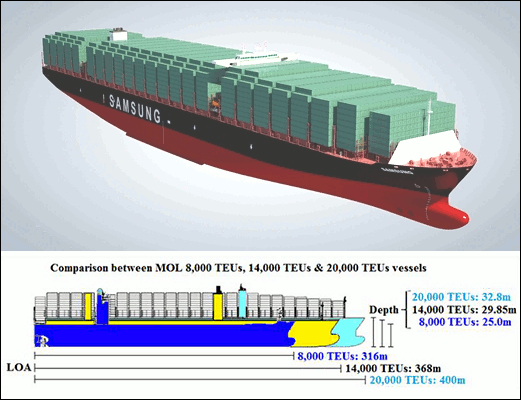GENERAL retailers and wholesalers leased the most big-box warehouse space in North America in 2023, accounting for 36 per cent of all transactions, according to a study from CBRE, reports the American Journal of Transportation.
In addition to retailers & wholesalers, automobiles, tyres and parts and building materials & construction also saw an increase in share of leasing activity, which overall fell 15.8 per cent in 2023.
Industrial construction activity peaked in 2023, with a record 413 million sq ft delivered to the market, causing a doubling of the vacancy rate to 6.6 per cent. However, construction in progress dropped to 208.4 million square feet by year's end, half of the previous year's total.
Real estate giant CBRE (Coldwell Banker Richard Ellis)forecasts a five per cent increase in big-box leasing volume in 2024 as current market conditions are favourable to tenants. This indicates a potential rebound in demand, as the market strives to catch up with the robust deliveries of newly constructed industrial spaces.
'There was naturally going to be a period of cooling in big-box leasing, which had reached unsustainable levels in recent years, due to e-commerce demand and companies electing to warehouse to more inventory,' said John Morris, CBRE's president of Americas industrial and logistics.
'This cooling represents a move toward stabilisation, and we expect a modest increase in lease transaction volume this year as the market settles.'
CBRE analysed 'big-box' warehouses of 200,000 sq ft and larger because warehouses of that size are crucial for extensive national and international product distribution. Encompassing the United States, Mexico and Canada, the big-box report found that industrial facilities had higher taking rents than in years past.
Rent growth remained robust at 15.9 per cent, but down from 25.1 per cent in 2022.
Of the leasing activity that took place, demand was driven primarily by a desire to boost supply chain resilience, increase access to growing population centres, modernise space to accommodate increased automation and support continued e-commerce growth.
'There were signs of increased demand for big-box space by year-end, and that trend has continued into Q1 2024,' explained Mr Morris. 'We've seen a move from occupiers to keep inventory closer to their point of sale as they prioritise supply chain resiliency, which should benefit mid-size and big-box facilities alike. We also anticipate the slowdown in construction to support higher rents as the new inventory is gradually absorbed.'
SeaNews Turkey
In addition to retailers & wholesalers, automobiles, tyres and parts and building materials & construction also saw an increase in share of leasing activity, which overall fell 15.8 per cent in 2023.
Industrial construction activity peaked in 2023, with a record 413 million sq ft delivered to the market, causing a doubling of the vacancy rate to 6.6 per cent. However, construction in progress dropped to 208.4 million square feet by year's end, half of the previous year's total.
Real estate giant CBRE (Coldwell Banker Richard Ellis)forecasts a five per cent increase in big-box leasing volume in 2024 as current market conditions are favourable to tenants. This indicates a potential rebound in demand, as the market strives to catch up with the robust deliveries of newly constructed industrial spaces.
'There was naturally going to be a period of cooling in big-box leasing, which had reached unsustainable levels in recent years, due to e-commerce demand and companies electing to warehouse to more inventory,' said John Morris, CBRE's president of Americas industrial and logistics.
'This cooling represents a move toward stabilisation, and we expect a modest increase in lease transaction volume this year as the market settles.'
CBRE analysed 'big-box' warehouses of 200,000 sq ft and larger because warehouses of that size are crucial for extensive national and international product distribution. Encompassing the United States, Mexico and Canada, the big-box report found that industrial facilities had higher taking rents than in years past.
Rent growth remained robust at 15.9 per cent, but down from 25.1 per cent in 2022.
Of the leasing activity that took place, demand was driven primarily by a desire to boost supply chain resilience, increase access to growing population centres, modernise space to accommodate increased automation and support continued e-commerce growth.
'There were signs of increased demand for big-box space by year-end, and that trend has continued into Q1 2024,' explained Mr Morris. 'We've seen a move from occupiers to keep inventory closer to their point of sale as they prioritise supply chain resiliency, which should benefit mid-size and big-box facilities alike. We also anticipate the slowdown in construction to support higher rents as the new inventory is gradually absorbed.'
SeaNews Turkey









